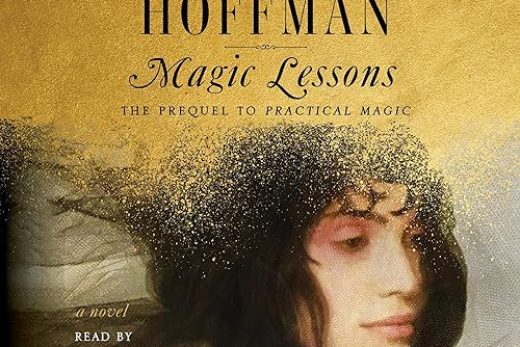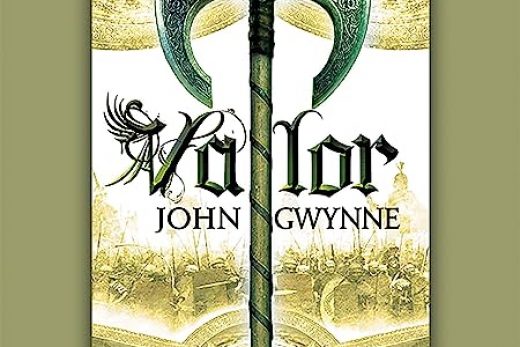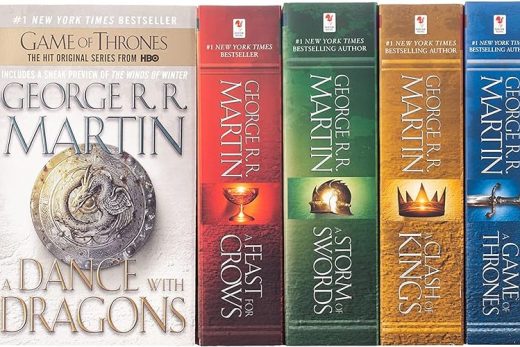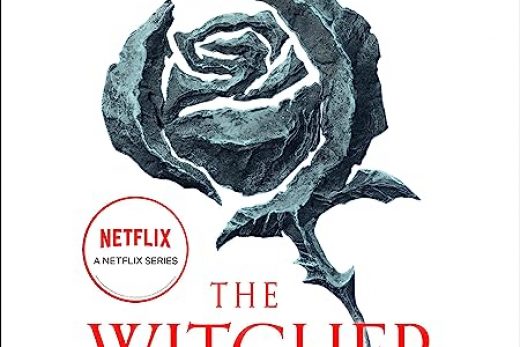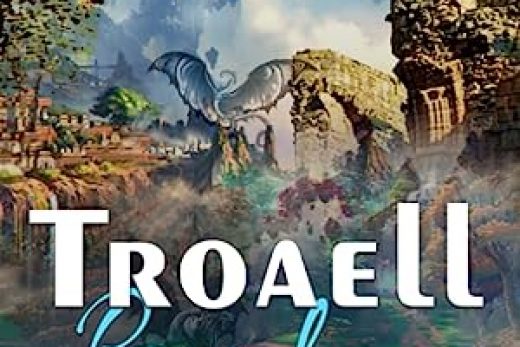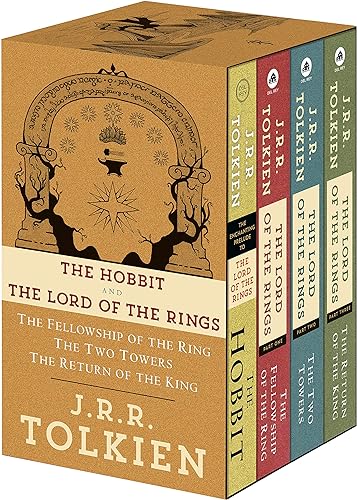
Delving into J.R.R. Tolkien’s tales, one journeys through an intricate world of Middle-Earth, populated by hobbits, elves, dwarves, and men. Tolkien’s narrative strength lies in his ability to create an expansive universe filled with detailed histories, languages, and cultures.
Starting with “The Hobbit,” readers meet Bilbo Baggins, a humble hobbit whose ordinary life is upended by an epic quest. Accompanied by a group of dwarves and the enigmatic wizard Gandalf, Bilbo faces trolls, goblins, and the infamous dragon, Smaug. This adventure lays the foundation for the subsequent larger tale: “The Lord of the Rings.”
“The Lord of the Rings” is divided into three volumes: “The Fellowship of the Ring,” “The Two Towers,” and “The Return of the King.” Readers follow the journey of Frodo Baggins, a relative of Bilbo, as he strives to destroy a powerful ring that could plunge Middle-Earth into darkness. Along the way, Frodo is joined by a diverse group, including his faithful friend Sam, the brave Aragorn, and the tortured creature Gollum.
Reasons for delving into these masterpieces are many. Firstly, Tolkien’s ability to craft compelling, multi-dimensional characters ensures readers become deeply invested in their fates. Secondly, the world-building showcases a profound imagination, with each location and culture rendered in loving detail. This depth makes Middle-Earth feel real and lived-in, drawing readers in and holding their attention. Lastly, the books tackle themes of friendship, courage, and the battle between good and evil, resonating universally and timelessly.
Whether a reader is drawn to grand adventures, compelling characters, or intricate world-building, Tolkien’s works offer a reading experience like no other. While many may mispronounce or misspell character names like Galadriel or Boromir, the tales’ impact remains profound and unforgettable.

